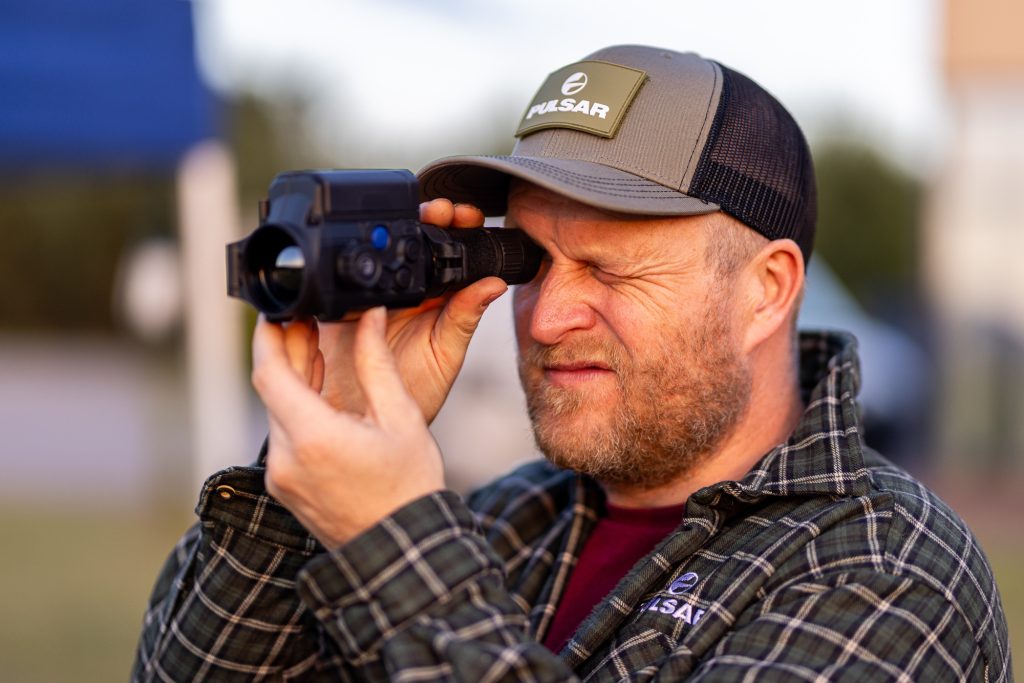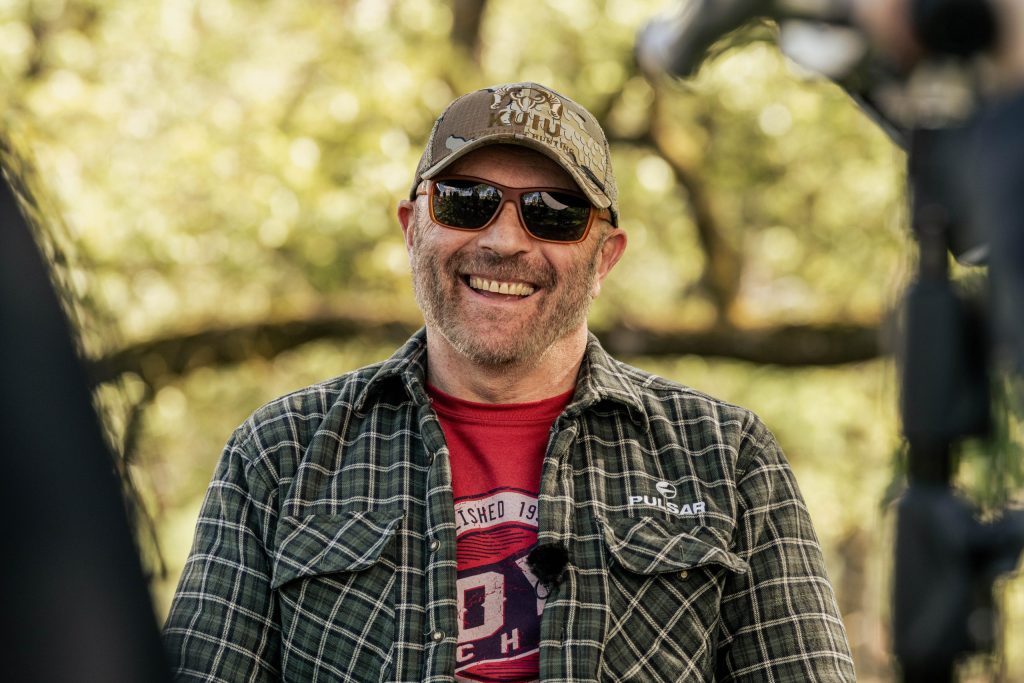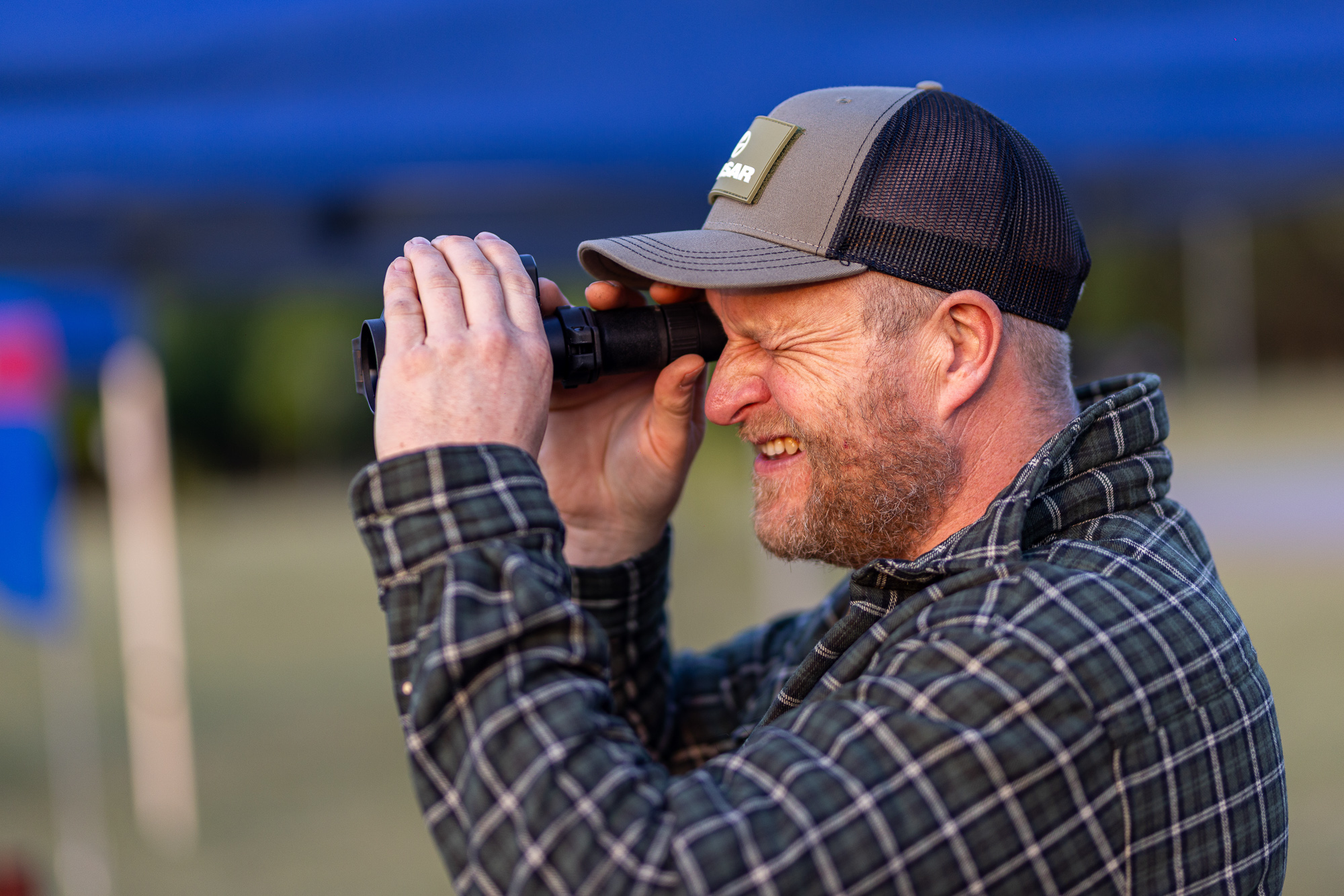Expert Contributor:
Peter Gibbon, Riccardo Tamburini
For those outside the hunting world, it might seem like a riflescope is a riflescope, a hunt is a hunt, and the goal is always the same: harvest. But experienced hunters know better. There’s a world of difference between hunting fur and feather – not just in terms of the animals pursued, but in the mindset, tools, and tactics each hunt demands.
We spoke to two seasoned hunters – Peter Gibbon from the UK and Riccardo Tamburini from Italy – about how they navigate the unique challenges of both styles. Between the tradition of upland bird shooting and the tech-driven world of stalk hunting big game, one thing remains constant: a deep respect for nature and a relentless drive to adapt.
- Peter Gibbon
- Riccardo Tamburini
Gear shifts: old school vs. high tech
For Peter, the transition from feather to fur means stepping between two very different hunting philosophies.
“When heading out for feather – typically game birds like pheasants or partridge – it’s a very traditional outing. The focus is on the heritage and etiquette of the day, and I tend to leave most modern technology behind. For fur, particularly deer stalk hunting, it’s a different ball game. I lean much more into technology – thermal imagers, rangefinders, and high-powered optics play a key role.”
Riccardo supports that distinction – but also highlights a seasonal factor few consider:
“During the winter, birds are more insulated than mammals so it’s more difficult to detect them even with a thermal unit. Then, they are smaller than a mammal so I need the best device on the market because probably I’ll need to increase the base magnification without losing the image quality.”
Both hunters make it clear: gear isn’t about luxury, it’s about strategy. And when the target changes, the toolkit must too.
Mental game: reflex vs. patience
Ask any hunter, and they’ll tell you that the hunt begins long before you shoulder your rifle. It begins in your head.
“Waiting for a deer requires deep patience and control – it’s about slowing everything down, moving with purpose, and sometimes sitting still for long periods for just one fleeting opportunity,” says Peter. “Bird shooting, especially walked-up days, requires split-second decisions. A high bird bursting out from cover gives you no time to think – it’s instinct, reaction, and trust in your swing.”
“Mentally, I prepare for deer by slowing down and getting into a focused, quiet headspace. For birds, I switch to being alert and reactive, relying on muscle memory and awareness,” sums up Peter.
Mentally, I prepare for deer by slowing down and getting into a focused, quiet headspace. For birds, I switch to being alert and reactive, relying on muscle memory and awareness.
Peter Gibbon
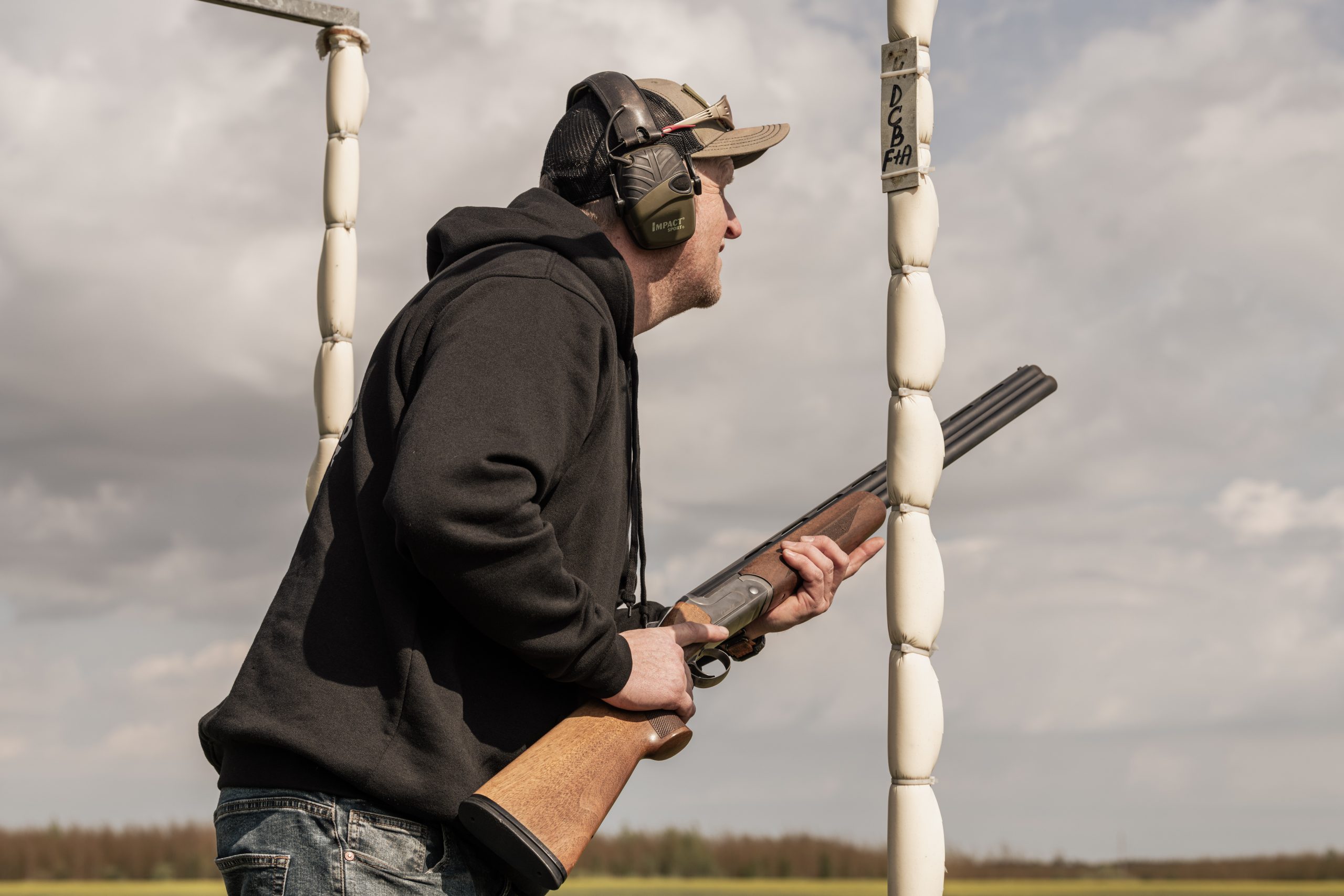
“I always say that it’s patience which kills, not your skills as shooter. So it doesn’t matter if you are looking for fur or feather: the patience is what allows you in getting the best result. Then, a running mammal or a flying bird utilizes my skills as a photographer: the experience helps a lot.”
In both types of hunting, success depends less on pulling the trigger and more on knowing when not to.
Scouting and signs: reading the wild
Before a shot is ever taken, every good hunt begins with one thing: observation. Whether you’re tracking hoofprints through muddy trails or watching a dog’s nose work the wind, finding your quarry starts long before you see it. But depending on what you’re after – fur or feather – the way you scout and what you look for can be drastically different.
“When it comes to fur, particularly deer, scouting is often ongoing during the hunt itself. I use thermal imaging, trail cams, and digital mapping to read signs, track movements and plan my route,” says Peter. “Feather is more traditional. You rely more on fieldcraft and the dog’s nose than gadgets. Knowing the land, cover types, flight paths, and how birds tend to behave in different weather is key. It’s more about reading the terrain and trusting your dog’s instincts.”
Riccardo agrees, especially when it comes to the clarity of signs:
“It’s much easier to understand if a mammal lives in a certain area: signs and tracks are more evident. It’s possible to also study plants and trees, understanding if a deer or roedeer is eating them. When I try to understand if a specific bird lives in that area, I only try to find its excrements.”
In the end, no matter the species, successful scouting comes down to attention to detail and knowing how to read what the wild is trying to tell you.
It’s much easier to understand if a mammal lives in a certain area: signs and tracks are more evident.
Riccardo Tamburini
Technology: tool or temptation?
Riccardo Tamburini brings a more measured approach to technology in the field. For him, gear is a tool – but not a crutch.
“I don’t like to use a thermal device during the day to spot deer or roedeer because it’s too easy. But technology helps in mountain hunting: having a long-range scope, a rangefinder and a monocular makes the difference.”
He sees a clear place for tech when the job demands it – especially during nighttime pest control operations.
“Actually I’m involved in pest control action to reduce the number of wild boar and I’m out during the night for safety reasons; it’s not possible doing that with standard scopes or binos.”
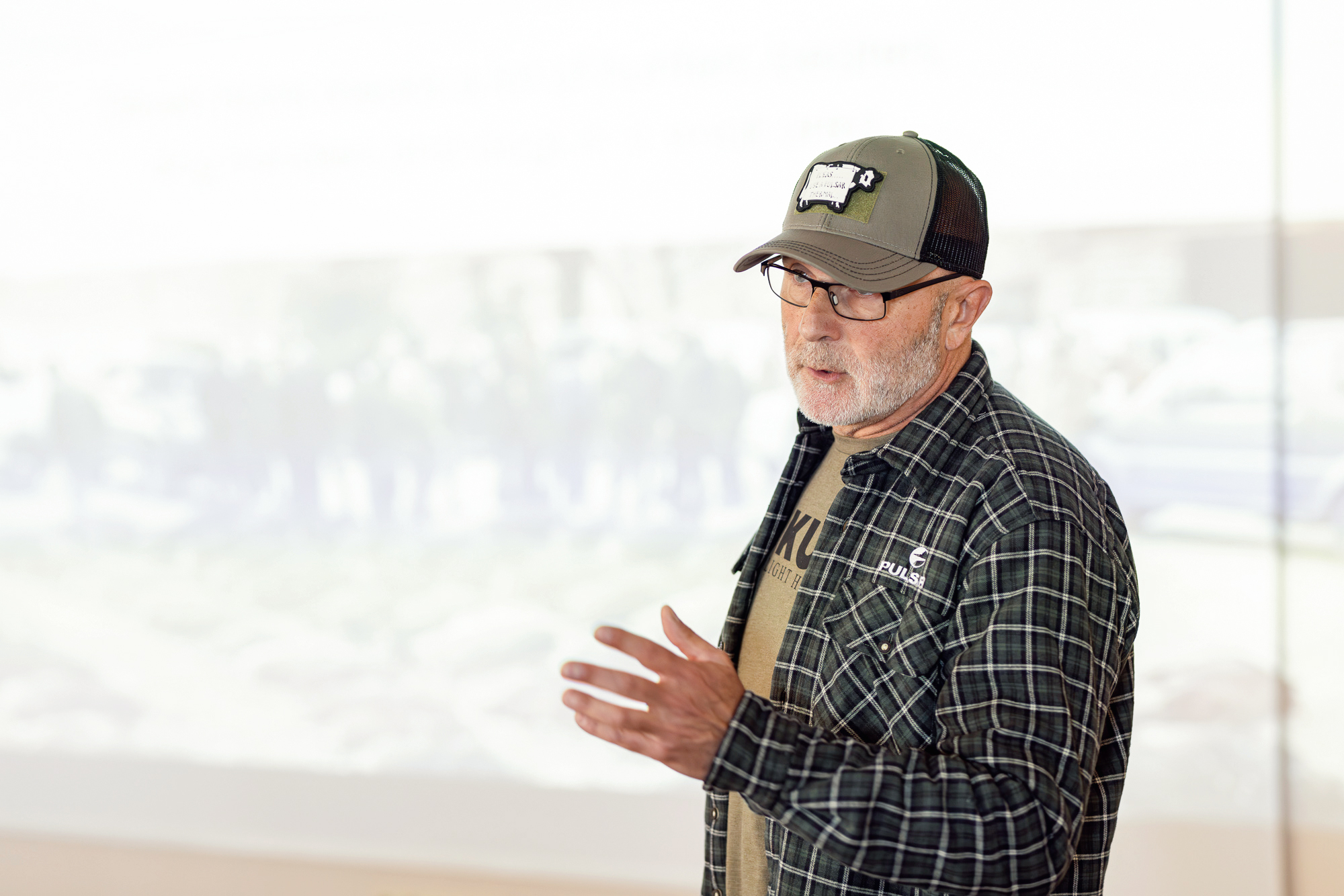
Peter Gibbon, on the other hand, embraces tech more fully when stalking deer.
“Deer stalking is the type of hunt where I rely most on technology. Thermal imaging allows me to locate animals in low light or dense cover, and rangefinders help me make precise shots. GPS and mapping tools are also essential for navigating large estates or remote areas. These tools give me a significant edge in terms of both safety and success, particularly when stalking wary animals like roe or red deer.”
In the end, both hunters agree: technology should support the hunt, not define it. The real challenge lies in striking that balance – knowing when to lean on your gear, and when to lean on your instincts.
The lessons they leave behind
Each hunt sharpens different senses. And both Peter and Riccardo agree – fur and feather don’t just challenge your skill, they shape your understanding.
“Fur hunting teaches you patience, stealth, and reading subtle signs in the environment. You learn how to move quietly, how animals use wind and terrain, and how to close distance unnoticed,” says Peter. “Feather hunting, especially walked-up days, is all about timing and trust. It teaches you to react quickly and to rely on your dog.”
Fur hunting teaches you patience, stealth, and reading subtle signs in the environment. You learn how to move quietly, how animals use wind and terrain, and how to close distance unnoticed.
Peter Gibbon
Riccardo puts it like this:
“Generally speaking, hunting for fur helped me become more patient and more attentive to what the environment is telling me. I first started by looking for birds, which used to be more commonly practiced in Italy. It helped me understand that animals and birds follow routines — and this is something a hunter can use to their advantage.”
As different as these two hunts may seem, they both demand attention, adaptation, and a deep connection with the wild. And that’s what makes every hunt – whether for fur or feather – so much more than pulling the trigger.
